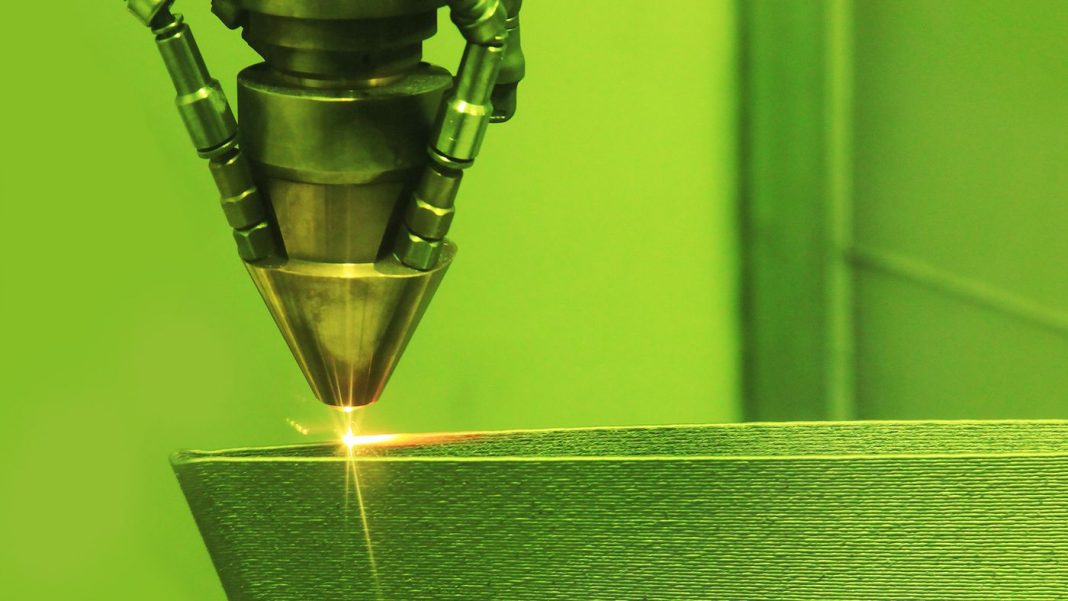Researchers at the Technical University of Denmark (DTU) have developed a new type of 3D printer, which combines the principles of a CT scanner with light modeling, to print highly complex objects in record time.
According to the scientists, this innovative technology allows the printing of different textures on the same object. Theoretically, it would be possible to print copies of a human’s brain or heart containing the same rigidity and richness of detail as real organs.
“Our printer can fabricate a physical object by intersecting reverse computed tomography images. This technique allows building three-dimensional items embedded with different material properties and transitions,” explains chemistry professor Yi Yang, lead author of the study.
Want to stay on top of the best tech news of the day? Access and subscribe to our new youtube channel, Kenyannews News. Every day a summary of the main news from the tech world for you!
3D Printing 2.0
A CT scan provides a three-dimensional view, rearranging information from a large number of two-dimensional images, obtained from X-ray projections that revolve around the object. The new printing technique reverses the process, allowing rays of light to strike and shape the plastic resin-based material as it rotates.
Although current printers produce 3D objects, this actual process takes place in smaller dimensions in most conventional equipment. The plastic material is deposited layer by layer, or dot by dot, with the printing happening from bottom to top on any substrate.
“We use a method called tomographic photopolymerization, which allows us to print all the points on a 3D object simultaneously, using a type of polymeric printer ink. By exposing this ink to light of certain wavelengths, it becomes solid in the desired shape,” adds Yang.
faster and more accurate
With this new approach, the researchers were able to vary the smoothness and stiffness of textures on 3D-printed objects, using a computer model to control the different wavelengths provided by the printer’s light sources.
“We hope that the degree of detail and flexibility in our 3D printing will be so extensive that the technique can be used to produce fully vascularized constructs using biopolymers. This technology may be able to replicate the smoothness and unique formation of blood vessels, capillaries and muscles,” predicts Yang.
Another advantage is that since the new 3D printer uses an inverted CT image as a model and simply alters the polymeric material with rays of light, rather than printing dot-to-dot, objects can be produced almost instantly.
“In principle, this new technology allows sending a CT scan of any object and pressing ‘print’. In the next moment, there will be an exact copy of the object with the same textures and details as the real model”, concludes Professor Yi Yang.
